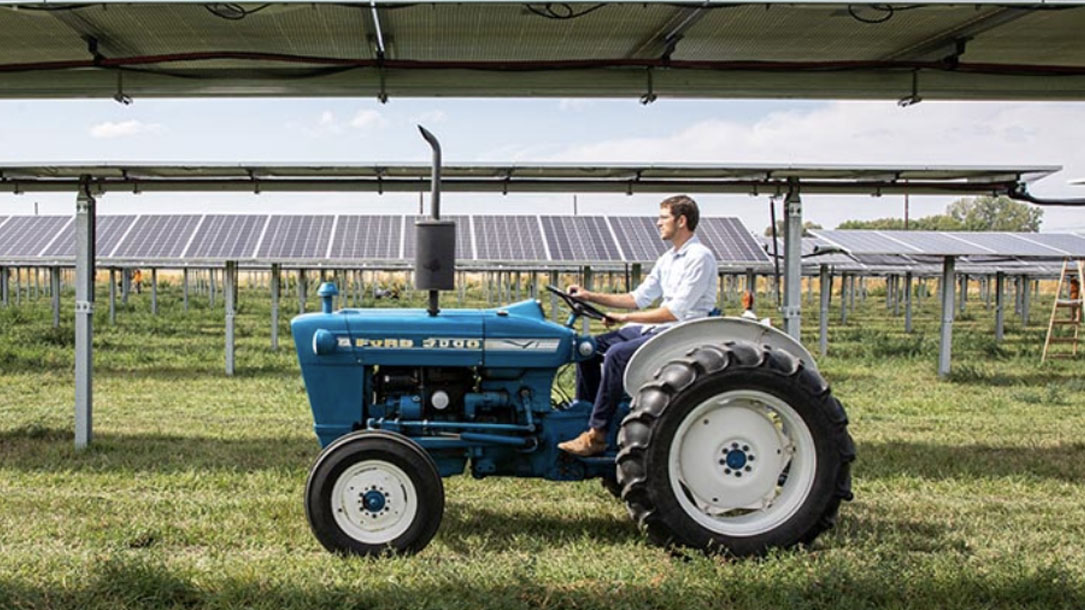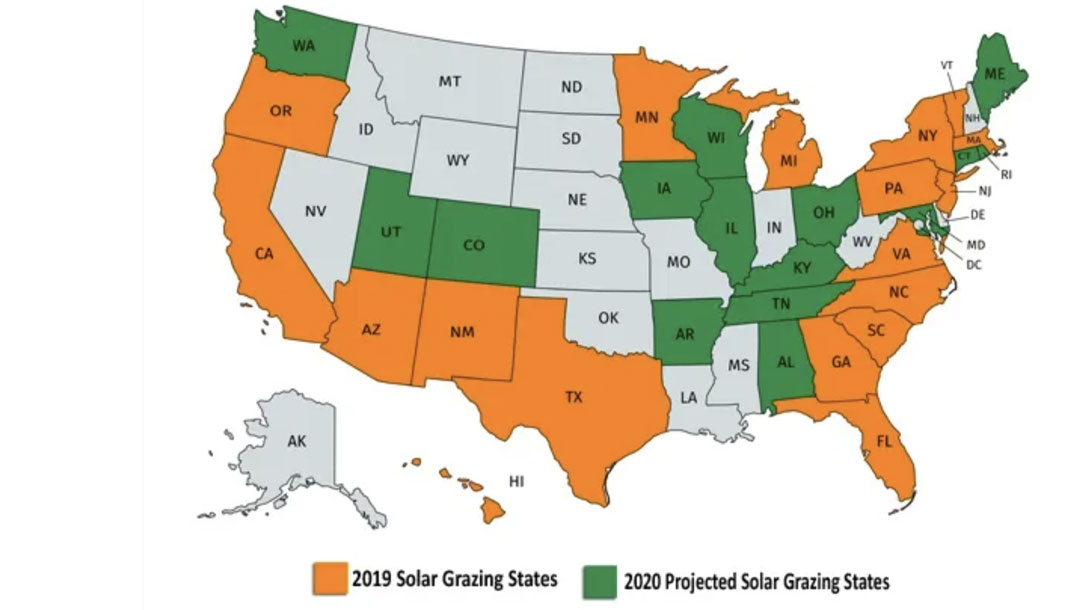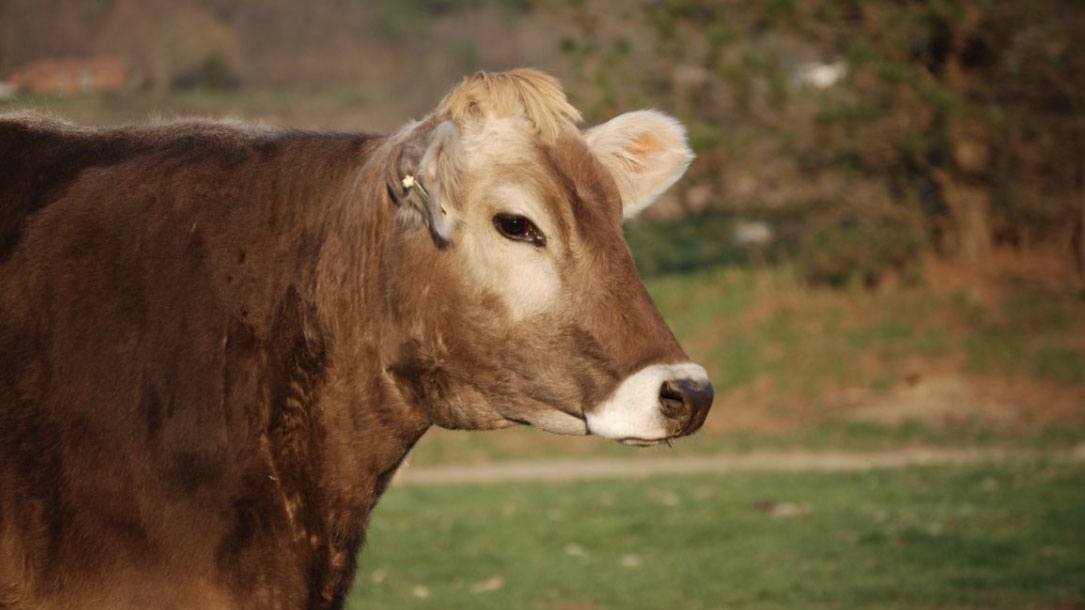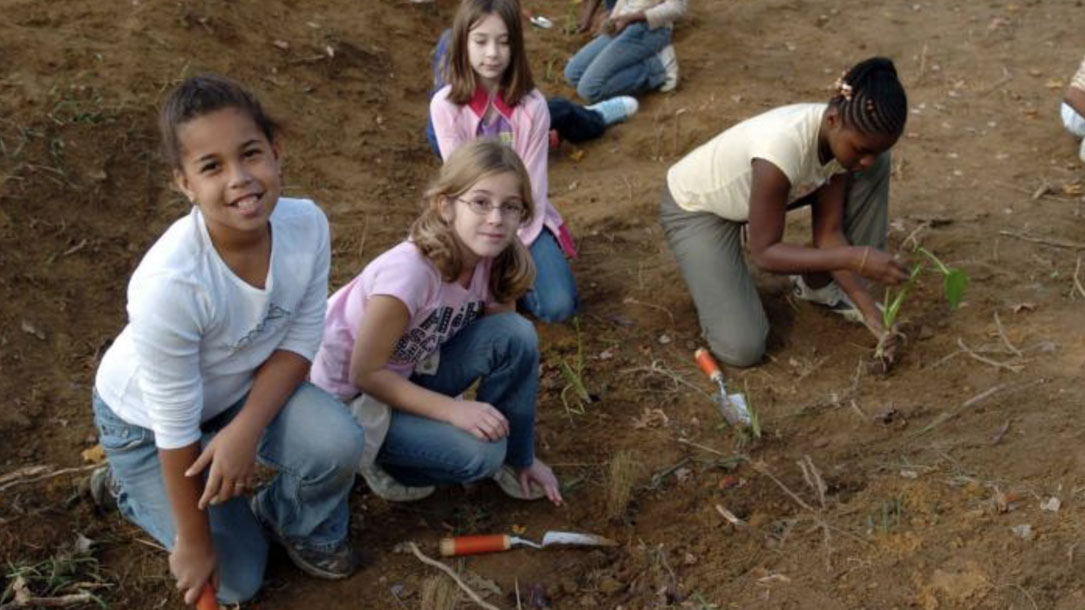
Largest agrivoltaic research project in U.S. advances renewable energy while empowering local farmers
Jack’s Solar Garden, a 1.2-MW solar farm in Boulder County, Colorado, is unique in that it represents the largest agrivoltaic research project in the United States and encompasses four types of vegetation at a single site.
According to [Byron] Kominek, he wanted the farm to be “a model for other small farms that want to keep their soils productive while taking advantage of the economic benefits that clean energy production can provide.”

Despite Capitol Hill enthusiasm for planting crops to store carbon, few farmers are doing it
A study published in Science Advances in 2018 found that planting cover crops has the potential to hold carbon in the soil or offset emissions, but only if it is scaled-up across hundreds of millions of acres. To put any meaningful dent in U.S. emissions, EWG’s analysis found, current “cover crop acres would have to increase fourteen-fold to get close to the number of acres needed to achieve a minicscule reduction.”
The findings come as cover crops, once an obscure concept far removed from the conversations of Washington politicians, have become central to legislation aimed at helping farmers control carbon emissions. Last week, the Senate passed the Growing Climate Solutions Act, designed to help farmers participate in carbon offset markets…

Food systems account for more than one third of global greenhouse gas emissions
Some two-thirds of the emissions from global food systems come from the land-based sector, comprising agriculture, land use and land use changes. That figure is higher for developing countries, but also declining significantly in step with decreasing deforestation and increasing downstream activities such as food processing and refrigeration.

Off-farm activities are a growing share of food-system greenhouse gas emissions
The research team that compiled the study consists of experts from Columbia University and NASA, several UN agencies and numerous policy-focused research centers. The open-access report, which builds on another recent data-rich food and agriculture organization of the United Nations study, offers the full spectrum of technical findings, and represents an important step for building a full database…
One emergent theme is that optimal greenhouse gas mitigation strategies require a focus on activities before and after farm production, ranging from the industrial production of fertilizers to refrigeration at the retail level, as this is the area where emissions are growing fastest — due in part to a slowdown in deforestation…

Solar grazing: A new income stream for livestock producers
Utility-scale solar arrays may cover 3 million acres across the U.S. by 2030, according to the National Renewable Energy Lab (NREL). This is causing tension with farmers and farmland advocates, as the panels are often sited on good agricultural land, displacing current production.
One solution is to restrict solar developments from being installed on farmland. But there are other solutions worth pursuing, too. Most large-scale solar arrays are located in rural areas where economies are hurting and farmer numbers are dwindling…

Biden enlists ranchers, tribes (and land trusts) to conserve 30% of land and water
The Biden administration is unveiling a plan to conserve 30% of U.S. lands and waters by the end of the decade, a top priority for environmentalists who see the initiative as a way to fight climate change and safeguard species on the brink of extinction.
“The conservation value of a particular place should not be measured solely in biological terms, but also by its capacity to purify drinking water, to cool the air for a nearby neighborhood,” or “to provide a safe outdoor escape for a community that is park-deprived,” the report says.

How to have your solar farm and keep your regular farm, too
You may appreciate this short news clip from NPR
Clean, abundant solar power comes with a price. It requires lots of land, and in some places that’s provoking opposition from people who want to preserve farmland.
In southern New Jersey, for instance, a company called Dakota Power Partners wants to build an 800-acre solar power station, and the Pilesgrove Township planning board is hearing from local citizens who don’t like it one bit…

She’s driven by soil health and pasture management
Looking out over the tidy farmstead in a valley below, Franceus talks about the ranch. Her parents bought the land in the early 1960s. “My mom sold a quarter of land in Illinois in order to purchase this place,” she says.
“It was predominantly covered in native grasses. My dad planted a pasture to crested wheat grass so that it would have some cool-season grasses for grazing. And now years later we are predominantly brome and bluegrass, which are cool-season grasses. Our biggest conservation challenge now is limiting the invasive cool-season grasses — the introduced species — and try and bring back the native grasses.”

Report: Conserving and Restoring America the Beautiful
“A preliminary report to the National Climate Task Force recommending a ten-year, locally led campaign to conserve and protect the lands and waters upon which we all depend, and that bind us together as Americans.”

Agrivoltaics works better with leafy greens, root crops
[Solar] projects linked to agriculture have thus far shown the highest potential when combined with leafy greens such as lettuce and spinach, as well as with root crops such as potatoes, radishes, beets, and carrots. This is one of the conclusions of recent research developed on agrivoltaics by U.S. scientist Chad Higgins from the Department of Biological and Ecological Engineering at Oregon State University…












